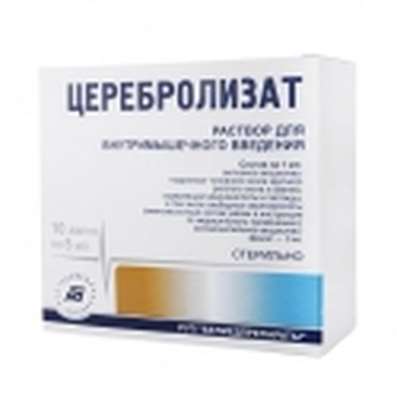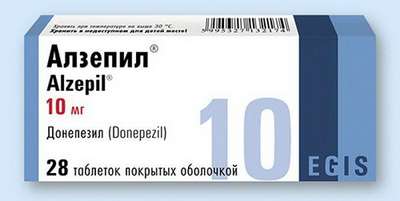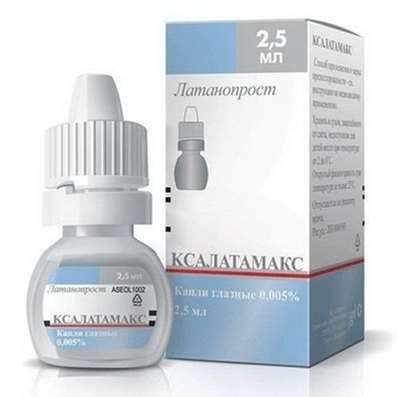Instruction for use: Propofol
I want this, give me price
Latin name: Propofolum (genus. Propofoli)
Chemical name
2,6-bis (1-Methyl ethyl) phenol
Gross formula
C12H18O
Pharmacological group of substance Propofol:
Anesthetic means
The nosological classification (ICD-10)
Z100.0 * Anesthesiology and premedication: Abdominal surgery; Adenomectomy; Amputation; Angioplasty of the coronary arteries; Carotid artery angioplasty; Antiseptic treatment of skin in wounds; Antiseptic treatment of hands; Appendectomy; Atheroctomy; Balloon coronary angioplasty; Vaginal hysterectomy; Venous bypass; Interventions on the vagina and cervix; Interventions on the bladder; Interference in the oral cavity; Reconstructive-reconstructive operations; Hand hygiene of medical personnel; Gynecological Surgery; Gynecological interventions; Gynecological operations; Hypovolemic shock during surgery; Disinfection of purulent wounds; Disinfection of the edges of wounds; Diagnostic Interventions; Diagnostic procedures; Diathermocoagulation of the cervix; Long-term surgeries; Replacement of fistulous catheters; Infection in orthopedic surgical interventions; Artificial heart valve; Kistectomy; Short-term outpatient surgery; Short-term operations; Short-term surgical procedures; Cryotyreotomy; Blood loss during surgical interventions; Bleeding during surgery and in the postoperative period; Kuldotsentez; Laser coagulation; Laserocoagulation; Laser retinopathy of the retina; Laparoscopy; Laparoscopy in gynecology; Likvornaya fistula; Small gynecological operations; Small surgical interventions; Mastectomy and subsequent plastic surgery; Mediastinotomy; Microsurgical operations on the ear; Mukinging operations; Suturing; Minor surgery; Neurosurgical operation; Eclipse of the eyeball in ophthalmic surgery Orchiectomy; Pancreatectomy; Pericardectomy; The rehabilitation period after surgical operations; Reconvalence after surgical intervention; Percutaneous transluminal coronary angioplasty; Pleural Thoracocentesis; Pneumonia postoperative and post traumatic; Preparing for surgical procedures; Preparing for a surgical operation; Preparation of the surgeon's arms before surgery; Preparation of the colon for surgical interventions; Postoperative aspiration pneumonia in neurosurgical and thoracic operations; Postoperative nausea; Postoperative hemorrhage; Postoperative granuloma; Postoperative shock; Early postoperative period; Myocardial revascularization; Resection of the apex of the tooth root; Resection of the stomach; Bowel resection; Resection of the uterus; Liver resection; Small bowel resection; Resection of a part of the stomach; Reocclusion of the operated vessel; Gluing of tissues during surgical interventions; Suture removal; Condition after eye surgery; Condition after surgery; Condition after surgery in the nasal cavity;Condition after gastrectomy; Condition after resection of the small intestine; Condition after tonsillectomy; Condition after removal of duodenum; Condition after phlebectomy; Vascular Surgery; Splenectomy; Sterilization of surgical instrument; Sterilization of surgical instruments; Sternotomy; Dental surgery; Dental intervention on periodontal tissues; Strumectomy; Tonsillectomy; Thoracic surgery; Total gastrectomy; Transdermal intravascular coronary angioplasty; Transurethral resection; Turbinectomy; Removal of a tooth; Cataract removal; Removing Cysts; Removal of tonsils; Removal of myoma; Removal of mobile milk teeth; Removal of polyps; Removal of a broken tooth; Removal of the uterus; Removal of seams; Urethrotomy; Fistula of the luminal ducts; Frontoetmoidohaimorotomy; Surgical infection; Surgical treatment of chronic ulcers of extremities; Surgery; Surgery in the anus; Surgery on the large intestine; Surgical practice; Surgical procedure; Surgical interventions; Surgical interventions on the digestive tract; Surgical interventions on the urinary tract;Surgical interventions on the urinary system; Surgical interventions on the genitourinary system; Surgical intervention on the heart; Surgical procedures; Surgical operations; Surgical operations on veins; Surgical intervention; Vascular; Cholecystectomy; Partial resection of the stomach; Extraperitoneal hysterectomy; Percutaneous transluminal coronary angioplasty; Percutaneous transluminal angioplasty; Coronary artery bypass grafting; Extirpation of the tooth; Extirpation of infant teeth; Extirpation of pulp; Extracorporeal circulation; Extraction of the tooth; Extraction of teeth; Extraction of cataracts; Electrocoagulation; Endourological interventions; Episiotomy; Ethmoidotomy; Complications after tooth extraction
CAS code
2078-54-8
Pharmacology
Pharmacological action - anesthesia, sedation.
Has a nonspecific effect at the level of lipid membranes of neurons of the central nervous system. Does not have an initial stimulating effect. The exit from anesthesia is usually not accompanied by headache, postoperative nausea and vomiting. In most patients, general anesthesia occurs 30-60 s later. The duration of anesthesia, depending on the dose and concomitant drugs, is from 10 minutes to 1 hour. From anesthesia, the patient wakes up quickly and with clear consciousness, the ability to open the eyes appears after 10 minutes.
Well distributed and quickly removed, the clearance varies from 1.6 to 3.4 l / min in an adult body weight of 70 kg. T1 / 2 after IV infusion - from 277 to 403 minutes. The propofol kinetics after IV bolus infusion can be represented as a three-part model: the rapid phase of the distribution (T1 / 2 - 2-4 min), the β-elimination phase (T1 / 2 - 30-60 min) and the γ-elimination phase ( T1 / 2 - 200-300 min). In the course of the γ-phase, a decrease in the concentration of the drug in the blood occurs slowly as a result of a prolonged redistribution from adipose tissue. Binding to plasma proteins - 97%. Metabolized mainly by conjugation in the liver, as well as outside the liver. Inactive metabolites are excreted mainly by the kidneys (about 88%). Well overcomes the histohematological barriers, incl. placental, GEB. In a small amount penetrates into breast milk. With maintenance of anesthesia in the usual regime, there was no significant cumulation of propofol after surgical procedures lasting up to 5 hours.
Application of Propofol
Introductory anesthesia, maintenance of general anesthesia; sedation of patients during mechanical ventilation, surgical and diagnostic procedures.
Contraindications
Hypersensitivity, children's age: up to 1 month - for anesthesia and anesthesia, up to 16 years - to provide a sedative effect during intensive therapy.
Restrictions on the use
Epilepsy, hypovolemia, lipid metabolism disorder, severe decompensated diseases of the cardiovascular system, respiratory system, kidney and liver, anemia, elderly and weakened patients, pregnancy, lactation.
Application in pregnancy and lactation
Propofol passes through the placental barrier and can exert a depressing effect on the fetus. Contraindicated during pregnancy, as well as in high doses for anesthesia during delivery (except for termination of pregnancy).
The action category for fetus by FDA is B.
Data from studies conducted in nursing mothers show that a small amount of propofol enters the breast milk. It is believed that this does not pose a danger to the baby if the mother starts breastfeeding a few hours after the administration of propofol.
Side effects of Propofol
Decrease in blood pressure, bradycardia (sometimes pronounced), short-term respiratory arrest, shortness of breath; rarely - convulsions, opisthotonus, pulmonary edema; during the awakening period - headache, nausea, vomiting, postoperative fever (rarely); local - pain at the injection site, rarely - phlebitis and vein thrombosis.
Interaction
Compatible with drugs for spinal and epidural anesthesia, with drugs used in premedication, with muscle relaxants and analgesics.
Overdose
Symptoms: depression of the cardiovascular and respiratory systems.
Treatment: symptomatic on the background of ventilation (oxygen), maintenance of hemodynamics (introduction of liquids and vasopressors).
Routes of administration
IV.
Precautions for the substance Propofol
In cases where there is a possibility of developing side effects associated with activation of the vagus nerve, it is advisable before the introductory anesthesia IV the introduction of anticholinergic. Do not use in obstetric practice, t. propofol penetrates the placental barrier and can cause neonatal depression (possible use in the I trimester during abortion operations).
The risk of pain during the vein can be significantly reduced when infusions through large diameter veins or with the simultaneous administration of lidocaine. Injection can be done only by specially trained personnel with the possibility of immediate use of ventilation, oxygen therapy, resuscitation in full.

 Cart
Cart





